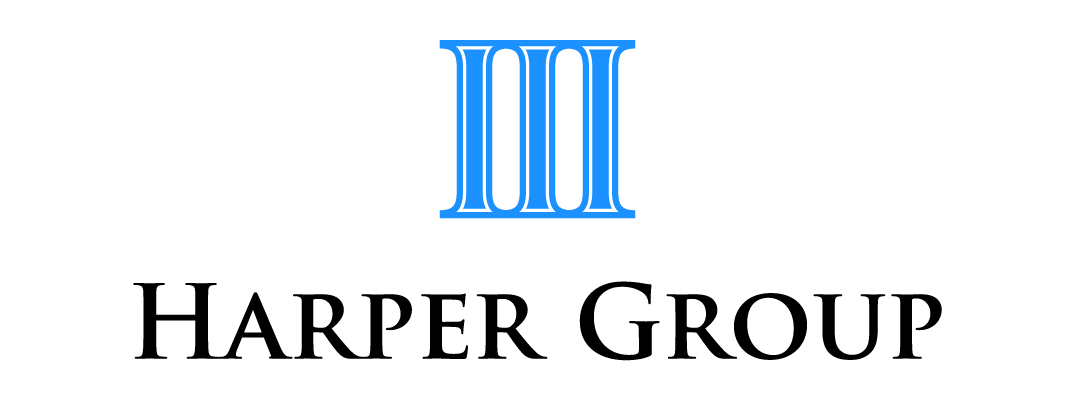Concerns on property development and SMSFs
The ATO, as regulator of self-managed superannuation funds, has reported an increase in the number of SMSF trustees entering into arrangements involving buying and then developing property (either with related or unrelated parties) that is subsequently sold or leased.
Trustees should be aware that the ATO is taking an active interest in property development investments undertaken by SMSFs.
While it says this is not specifically prohibited, the ATO recently published guidance that indicates that these arrangements need to be carefully approached to ensure compliance with relevant regulations and laws. For example, could investments of this sort be viewed as having what it calls a “collateral purpose” (that is, not within what would be considered compliant with the sole purpose test), or if it crosses a line regarding the in-house asset rules.
An SMSF, to remain compliant in the view of the regulator, should continue to meet the relevant operating standards, including record-keeping requirements, ensuring assets are appropriately valued and recorded at market value, and keeping the fund’s assets separate from members’ assets.
A key feature of property investment — borrowed funds and loans — figures largely in the ATO’s concerns. For example, if the arrangement features the SMSF borrowing money, the ATO focus will be on whether that borrowing fails to meet the requirements to be exempted from the prohibition on borrowing for a limited recourse borrowing arrangement (LRBA). Also whether the arrangement includes the provisions of a loan or financial assistance (directly or indirectly) to a member or their relative.
Another tripping point here is the question of whether payments out of the SMSF under the arrangement are in fact payments of benefits contravening the relevant payment standards (more usually known as illegal early release of superannuation).
Where the ATO’s concerns are particularly awakened is over arrangements in which the investment activity is undertaken utilising joint venture arrangements, partnerships or investments through an ungeared related unit trust or company.
Complex structures used in property development can also obscure, the ATO says, where income may be inappropriately diverted into the concessionally treated superannuation arena, possibly in a way that may also be contrary to proper retirement outcomes (again, the sole purpose test).
Trustees must be aware of issues that could expose compliance weaknesses, the ATO says, such as ensuring proper arm’s length dealings, including but not limited to:
the purchase of land or other assets
the value of services provided
the terms (including the use of personal or related party guarantees) of any borrowing arrangements of the SMSF or other entities involved in the development, and
the return on investment and income or capital entitlements.
Manipulation of the transfer balance account (through deliberate undervaluing for example) is another concern when a fund enters retirement phase and the asset would count towards the cap. This may allow a greater amount of earnings within the fund to be treated as exempt current pension income.
Before entering into property development arrangements, it may be prudent to have professional advice as there may be significant adverse consequences for trustees and members of an SMSF, including the forced sale of assets or having to wind up the SMSF.
If you have an SMSF already developing property, or that has invested in a related property development entity or venture, it could be important to also seek professional advice or your fund’s auditor to make sure that investment stays on track, with no possible contraventions or regulatory concerns.
Harper Group Pty Ltd – Chartered Accountants Frankston - Ph 9770 1547
Disclaimer: All information provided in this article is of a general nature only and is not personal financial or investment advice. Also, changes in legislation may occur frequently. We recommend that our formal advice be obtained before acting on the basis of this information.
